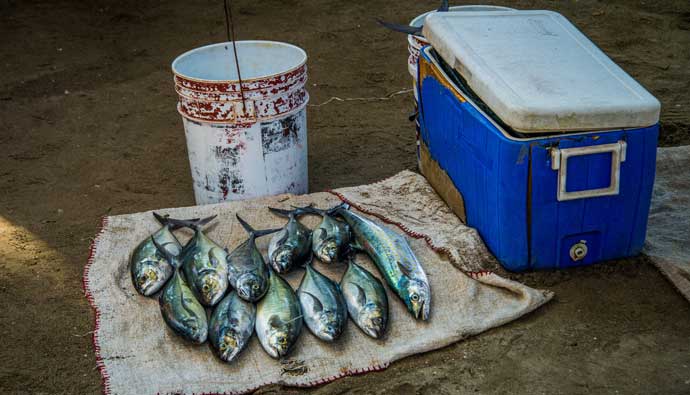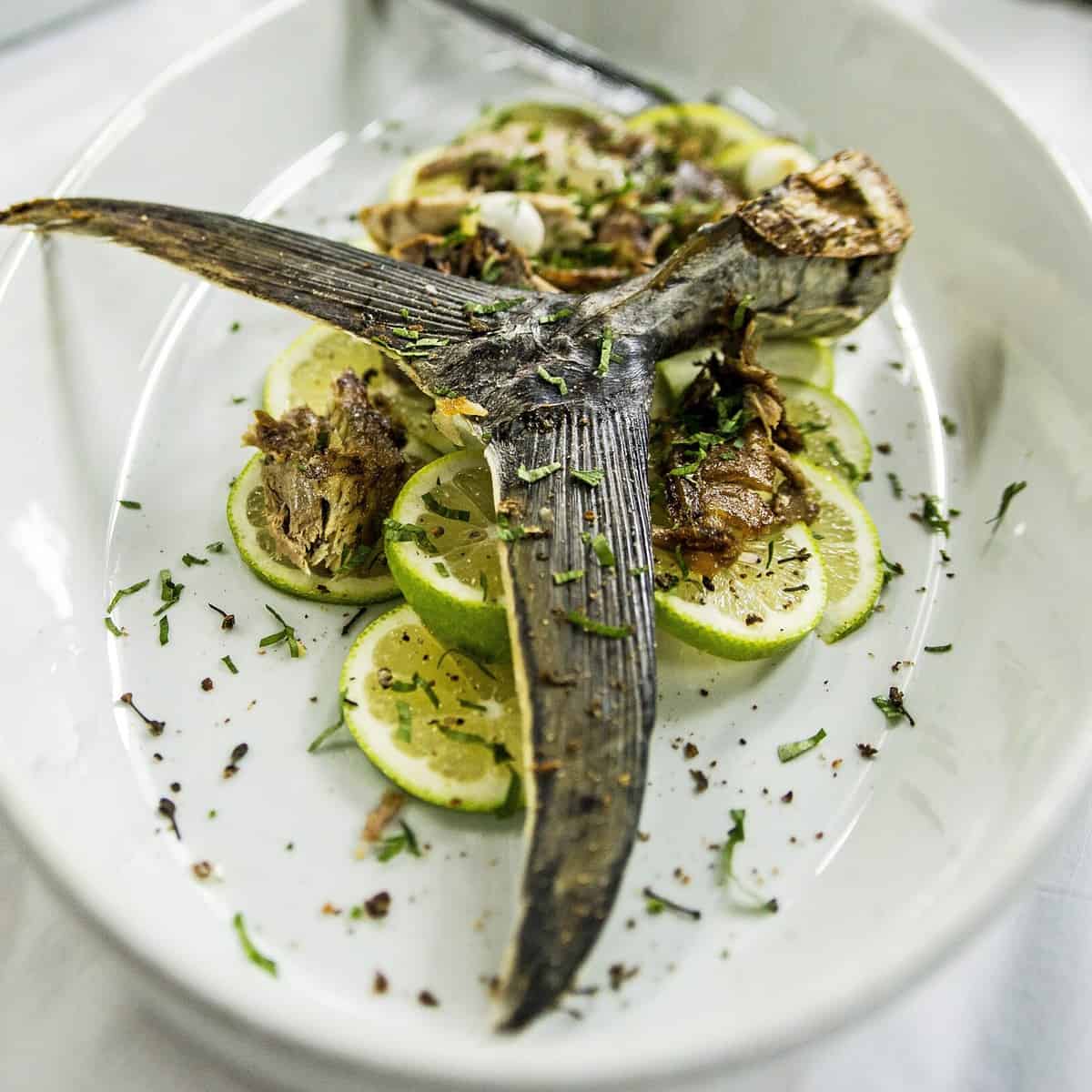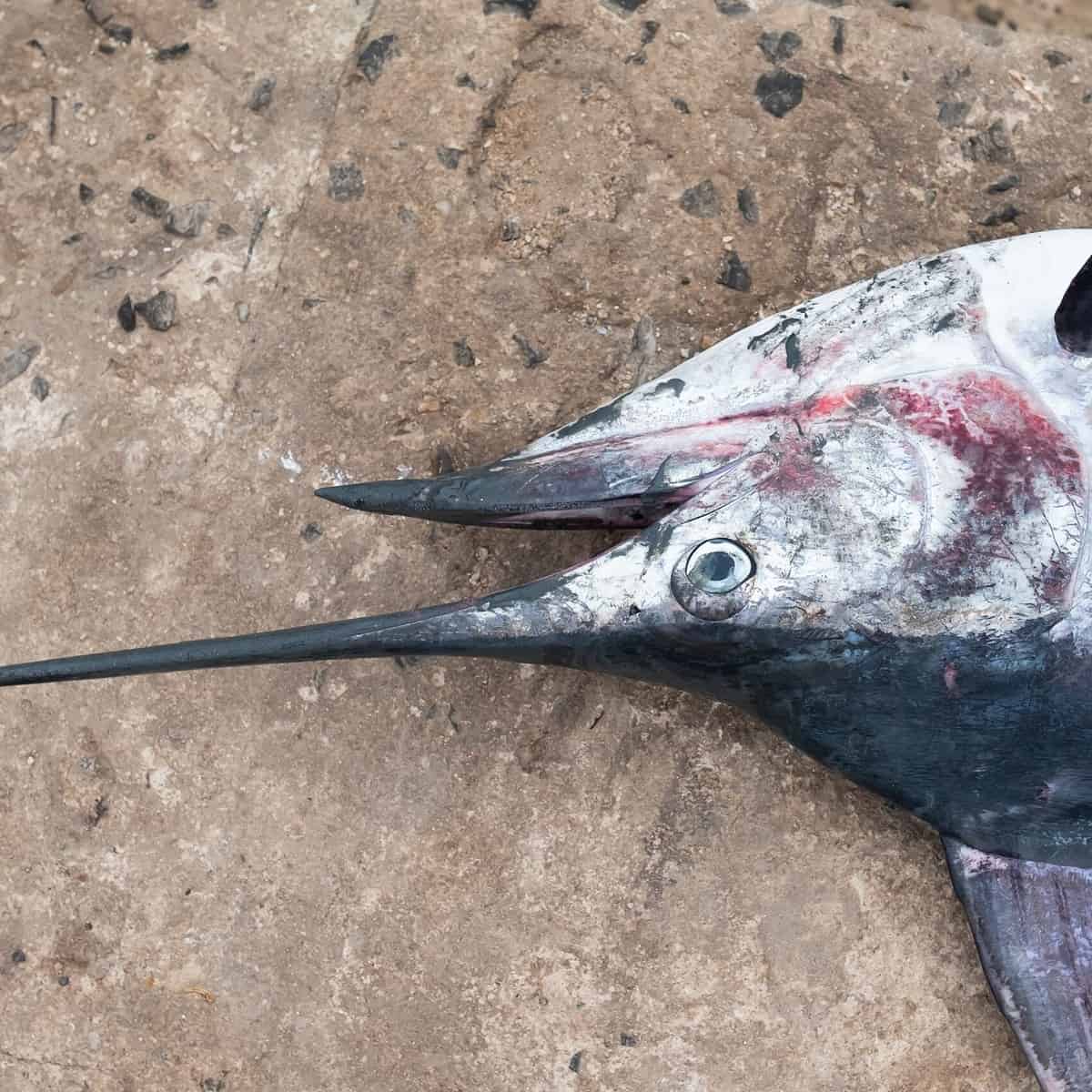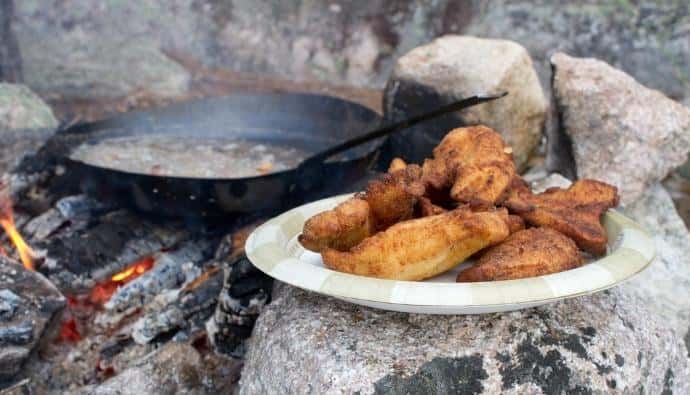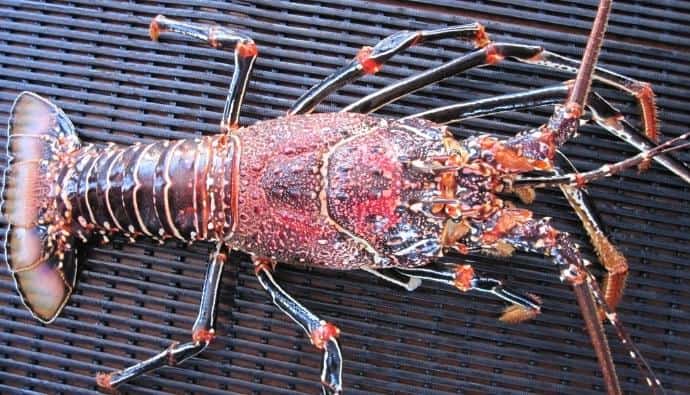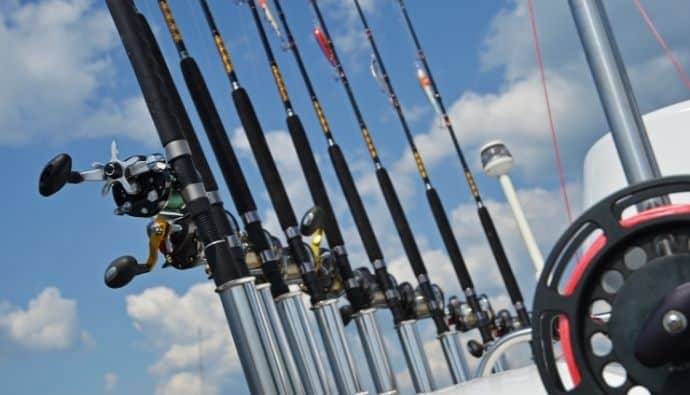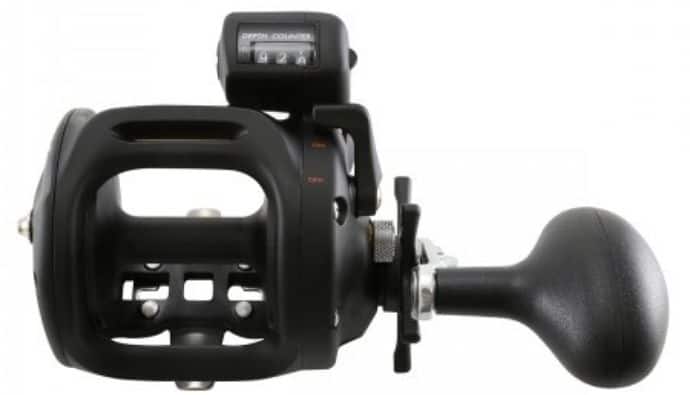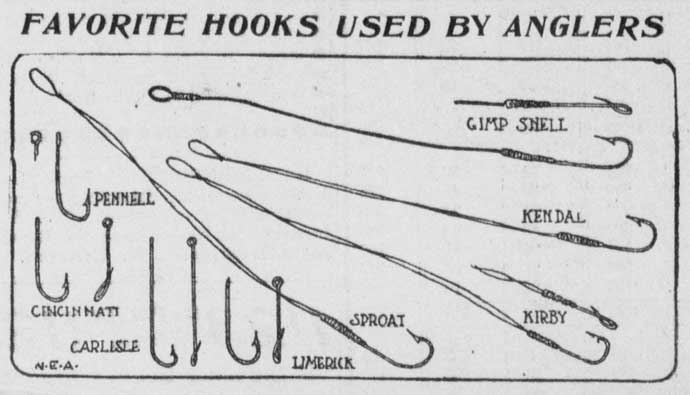Dehydrating food is a great way to preserve it, but not all dehydrators are created equal.
It’s hard to find the best food dehydrator for your needs when there are so many options with different features and price points.
We’ve made finding the best dehydrator easy by reviewing five of our favorites in detail below.
Best Food Dehydrators in 2023
- Best for Beginners-COSORI Premium Food Dehydrator
- Best for Compact Storage-Presto 06300 Dehydro Electric Food Dehydrator
- Best Expandable Drying Tray-NESCO Gardenmaster Pro Dehydrator
- Most Versatile – NESCO Snackmaster Pro Food Dehydrator
- Most Spacious Drying Space-Excalibur Food Dehydrator
1. COSORI Premium Food Dehydrator
Best for Beginners
Key Features
- Adjustable temperature control
- Quiet usage of about 48dB
- Stainless steel tray and glass front door
Cosori food dehydrator consists of a 6-food stainless steel tray with 9 square feet of drying space. It features buttons where you can easily adjust the time and temperature settings.
As a safety feature, it automatically shuts off when it overheats or when the timer ends. It’s a horizontal flow dehydrator with a shelf design.
2. Presto 06300 Dehydro Electric Food Dehydrator
Best for Compact Storage
Key Features
- Bottom-mounted fan
- Energy-efficient even if used for hours
- Operates at a preset temperature of 165 degrees Fahrenheit
This four-tray dehydrator system has a see-through cover for you to monitor the drying process conveniently.
The Presto brand offers accessories compatible with this food dehydrator, like fruit roll sheets, nonstick mesh sheets, jerky guns, and jerky spice kits. It has a consistent airflow for the optimum drying of different kinds of food products suitable for homemade snacks.
3. NESCO Gardenmaster Pro Dehydrator
Best Expandable Drying Tray
Key Features
- It comes with eight drying trays
- Adjustable temperature dial
- Expandable up to 30 trays
The Nesco food dehydrator features a Converga-Flow drying system that ensures that heated air circulates across each tray to dehydrate food consistently.
It uses 1000 watts of power, so there is no need to wait for days to try out your dried foods. In addition, the Package includes fruit roll sheets, a jerky spice pack, a recipe book, and Clean-a-Screens.
4. NESCO Snackmaster Pro Food Dehydrator
Most Versatile
Key Features
- Expandable to 12 trays
- Adjustable temperature between 95°F-160°F
- Top-mounted fan to prevent liquid dripping
This Snackmaster Pro Food Dehydrator has a top-mounted fan to distribute heat with 600 watts of drying power.
Its opaque exterior blocks feature Vita Save exteriors to ensure that the food’s vitamins and nutrients are retained during the drying process.
5. Excalibur Food Dehydrator
Most Spacious Drying Space
Key Features
- 15 square feet drying tray
- 26-hour adjustable timer
- flexible poly-screen tray inserts
The Excalibur food dehydrator is a slow-drying dehydrator suitable for drying fresh produce for healthy snacks. Since it has a slow drying process, essential components of the food are preserved.
Compared to other food dehydrators, it uses a patented Parallex Horizontal airflow, so there’s no need to rotate the tray to achieve a better-tasting and good-looking dried food.

Things to Consider When Buying the Best Food Dehydrators
Before investing in a food dehydrator, its functionality must suit your needs. Here are the factors to check to say if its a worth purchasing for you:
Capacity
Food dehydration takes time. It will usually take hours, or it may even take a day for it to be completed. To save time and effort, it would be practical to choose the one that can cater to more pieces so you can dry more foods all at once.
Choose the one with a bigger capacity if you dry foods regularly, but it would matter less if it’s done infrequently or if you only use it for small quantities.
Style
There are a lot of styles in the market to choose from. However, some people choose the style of their dehydrators based on what will match their kitchen’s aesthetic.
The style would determine how much food it can cater to and its overall efficiency in most cases. Its style is greatly influenced by your chosen type—vertical and horizontal food dehydrators.
Temperature Accuracy
Each piece of food must dry out consistently. This can be achieved through the heating element that circulates delivered by the fan and vents of air equipped in the machine.
The temperature you’ll set must be suitable for the kind of food you’ll be drying. For example, beef jerky requires at least 150°F for it to dry perfectly. If you decrease the temperature, it might affect the quality of the dehydrating process.
Trays
A tray food dehydrator can be vertical flow (stacked trays) or horizontal flow (slide-in trays).
The vertical flow (stacked trays) is suitable for drying slices of meat or puree for fruit leather. Its fan is usually designated on top or at the base of the machine.
The horizontal flow (slide-in trays) has trays like that of a convection oven. Its heating element is designated at the back of the machine.
Temperature Range
Dehydrators have varying temperatures that can range between 90°F to 160°F.
Make sure that you are setting the right temperature depending on the food that you are drying. If you are drying apple slices, make sure not to go over 140°F because it may result in case hardening.
Tips for Successful Dehydrating
Here are some tips to maximize the use of your dehydrator efficiently:
Cut the pieces evenly
If each food piece is sliced evenly, then it will be done at the same time. Use a food slicer like a food mandoline to have consistent slices.
Follow the right temperature
Before starting the dehydrating process, make sure to know the right temperature and time required suitable for the food slices to be dehydrated. Most units include a manual or a label with instructions or guides to follow.
Don’t rush
The drying process takes time. To achieve the perfect food texture and intense flavor, follow the drying time required. Some people adjust the temperature to make the drying faster.
If you bypass the whole process, the food may look dry on the outside, but the moisture is just trapped inside, leading to molds or rot infestation when you store it.
Frequently Asked Questions
The use of a dehydrator allows you to control the quality of the food, especially for long-period storage. It also prevents food spoilage, so it is a worth it purchase.
It’s a machine that removes moisture from different food products like fruits, vegetables, and meat. It primarily utilizes heat and airflow for the food’s flavor to be more pronounced.
To preserve the quality of the dried food, make sure to store it in an airtight container away from heat, light, and moisture.
The use of a dehydrator is time-consuming, so it is applicable for those who have the patience to preserve food.
Vertical flow dehydrators have stackable trays. Its heat source may come from the top of the base of the unit. The horizontal dehydrator is comparable to a conventional oven. Its fans blow air from the backside of the unit.
Conclusion
Through a food dehydrator, you are able to preserve your own food conveniently. However, it is important to know how to use it properly to gain benefits from it.



 Facebook
Facebook YouTube
YouTube